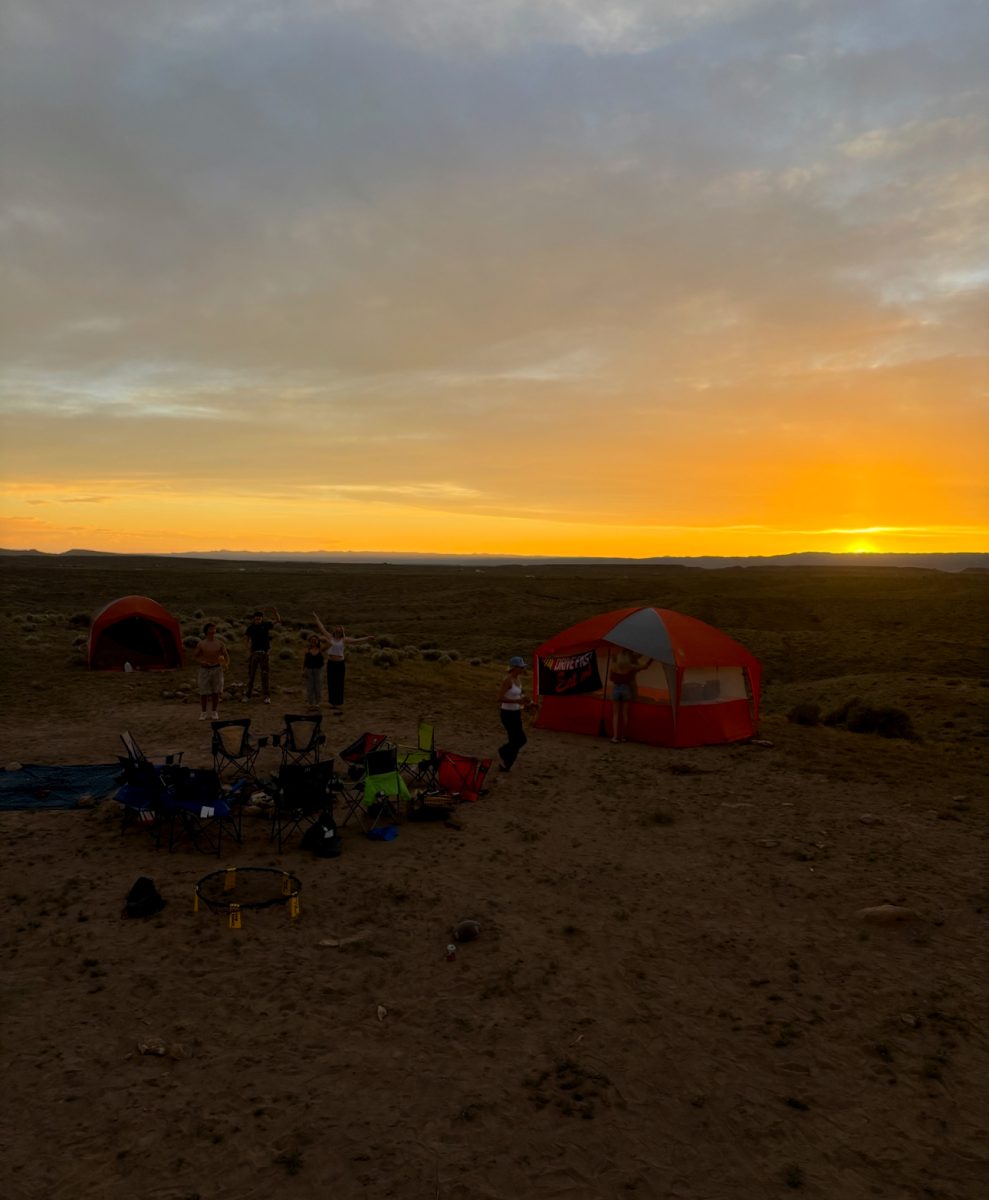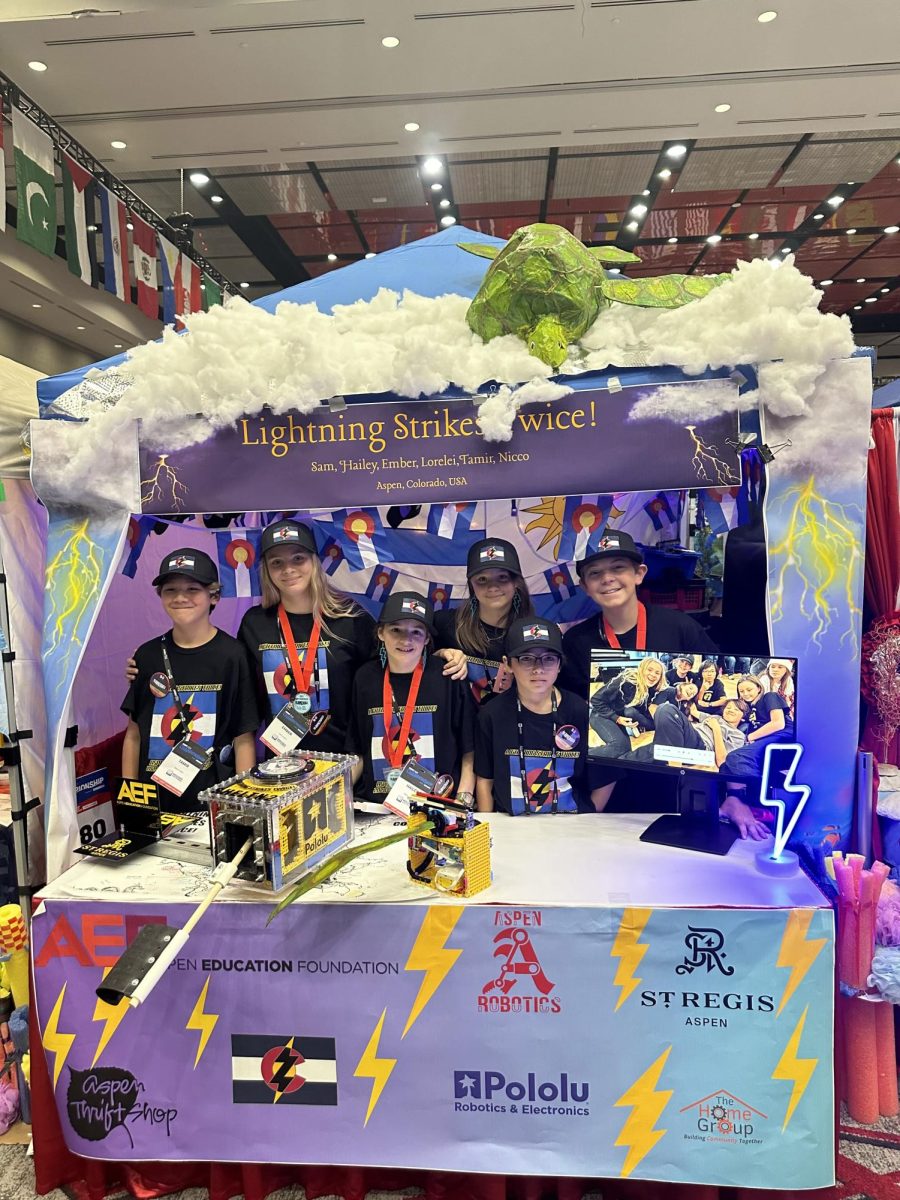Scientifically, the possibility of aliens existing is extremely high. There are countless myths and stories of people wearing tin foil hats to protect their minds from being taken over by aliens or unexpected UFO sightings. However, scientists still aren’t certain if aliens exist. Besides these popular narratives, there is not any strong evidence to support the presence of abstract life.
The discovery of exoplanets, planets outside our solar system, has opened up new possibilities. With advanced telescopes and observation techniques, astronomers have identified thousands of exoplanets in the habitable zones of their host stars—regions where conditions may be home to water. The study of these exoplanets is important for understanding the potential habitability of other planets and the search for extraterrestrial life.
Advancements in technology have grown our ability to find life in space. Radio telescopes scan the cosmos for signals to rovers exploring Mars. The tools for exploration are more advanced than ever. The invention of AI has the ability to identify patterns that could show the presence of aliens.
“I think there’s a massive, massive difference between being able to find life elsewhere, and being able to find evidence of intelligent life and being able to contact them,” Emily Mitchell, a paleobiologist at the University of Cambridge said in a Washington Post article on Nov. 25, 2023.
The Search for Extraterrestrial Intelligence (SETI) is a scientific effort made to detect signals or other evidence of extraterrestrial civilizations. Radio telescopes, like the Allen Telescope Array, scan the skies for artificial radio signals that might originate from other beings. While no hard evidence has been found the exploration of SETI still gets the attention of scientists and the public.
An article published by Live Science, explains the lack of evidence supporting the assumption of alien life.
“The sobering reality is that there isn’t any yet. There’s no scientific evidence for aliens in the declassified UFO videos, in mutilated cows whose injuries are blamed on extraterrestrial activities, or in purported alien bodies.”
The most habitable zone of space, known as the “Goldilocks zone,” is the region around a star where conditions are both too hot and too cold for liquid water to exist on a planet’s surface. Figuring out which planets within this zone is a huge factor in determining the potential for life. Ongoing missions, such as the James Webb Space Telescope, are to continue the investigation of exoplanets within this habitable zone, bringing us closer to answering the question of whether is there life beyond Earth.
Jay Lockman, a former director of the observatory, thinks it is “silly” to say we are alone in the universe.
“There’s no killer barrier in the Drake equation that we know of,” Lockman said.
In the 1960s, astrophysicist Frank Drake introduced the Drake Equation, a mathematical formula designed to estimate the number of active, communicative extraterrestrial civilizations in the Milky Way galaxy. The equation takes into account factors such as the rate of star formation, the fraction of stars with planets, and the number of planets that could potentially support life.
One of AHS’s very own scientists Barton Tofany, who is a physics teacher, elaborated more on the theory of why extraterrestrial life is possible.
“DNA is so superior that that’s why life all has DNA. So in theory, that should have happened on all other planets. So it should have the same basic building blocks,” Tofany said.
Scientists are studying space in order to find plants that could be home to basic human needs such as oxygen, food, and water.
“We can actually use the telescope and look at the light and see if that atmosphere has oxygen and water. All the building blocks for life. We will be able to say there are these planets that while we can’t see little green people running around, we can see there’s definitely markers of molecules that are made by life,” Tofany Said.
Looking for extraterrestrial life is an ongoing journey, driven by scientists and technology. Whether we discover life on Mars or detect signals from a distant exoplanet, the search for alien life remains one of the most exciting adventures in science. As we continue to find new things, the possibility of finding evidence of extraterrestrial life stands as a question waiting to be answered.


























